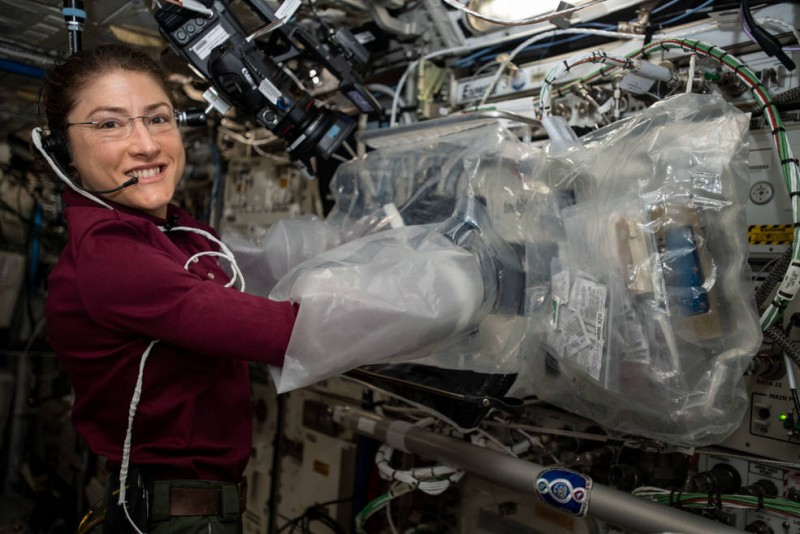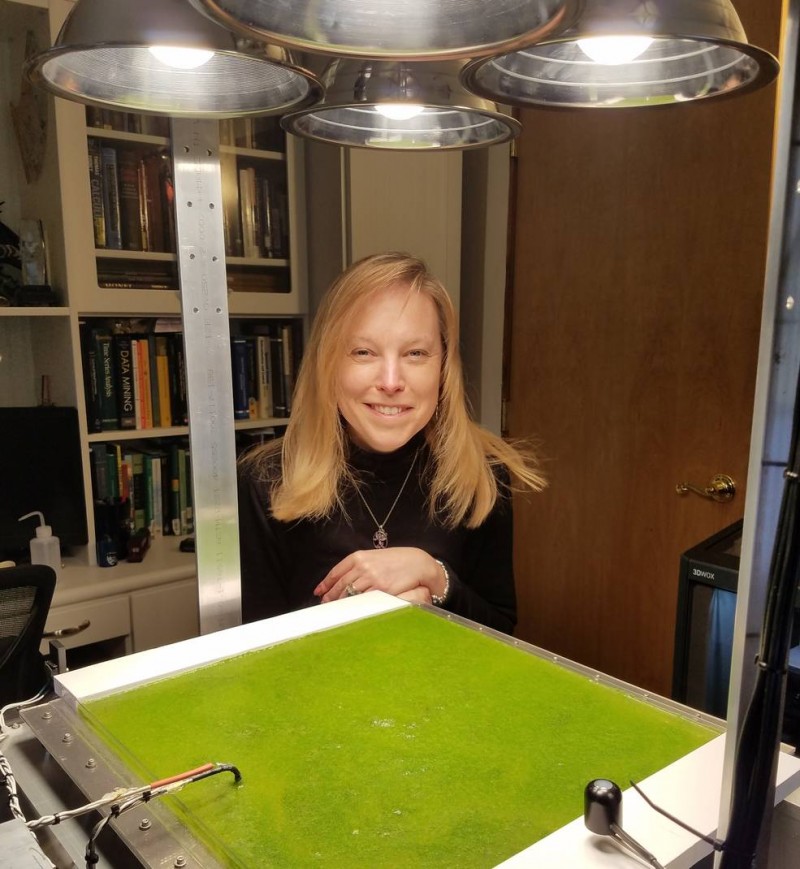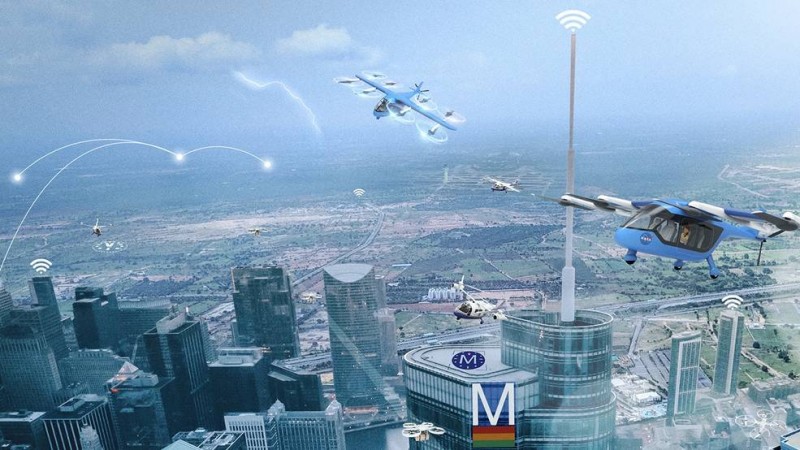What Working with NASA means to US Small Businesses
Small businesses have worked with NASA to 3D print tissue with living cells in space, research how to grow plants on Mars, improve air traffic management, and more. As their ideas help propel the space and aeronautics technologies of the future, these small businesses accelerate economic benefits closer to home.
Each year NASA contributes hundreds of millions of dollars to the U.S. economy via contracts to small businesses. In turn, hundreds of companies across rural and urban areas, including many minority- and women-owned businesses, research and develop innovations to empower the agency’s work in human exploration, space technology, science, and aeronautics.
NASA asked five companies how working with NASA’s Small Business Innovation Research/Small Business Technology Transfer (SBIR/STTR) program has impacted them. Here’s what they said.

NASA Astronaut Christina Koch activates Techshot’s BioFabrication Facility on the International Space Station. Credits: NASA
Techshot, a small business in Greenville, Indiana, has received more than 50 NASA SBIR contracts and follow-on funding from other NASA programs. It has even flown, demonstrated, and operated hardware on the International Space Station.
“Every payload we fly to the space station starts with an SBIR,” said Richard Boling, Techshot’s vice president of corporate advancement.
The company teamed up with the Florida-based small business nScrypt to advance biotechnology to 3D print with living cells. In 2019, its bioprinting system manufactured complex tissue on the space station. The demonstration is a small step towards potentially manufacturing whole human organs in space, which would greatly benefit the medical field and patients on Earth. The continued NASA funding also helped create near-term benefits in a small Indiana town.
“Our company has been able to provide jobs in a rural area in a non-space state, and we tie that back to the SBIR program,” said Boling.
Virginia Diodes: R&D supports business sales and climate research
Virginia Diodes hails from Charlottesville, Virginia, and has worked with NASA’s SBIR/STTR program for 20 years. The contracts funded research into a lesser developed region of the electromagnetic spectrum. The company was able to commercialize terahertz technology, which it attributes to the NASA-funded research. Sales of its components and systems have exceeded $45 million.
“SBIR contracts allow us to focus on technology development and push us to work hard on research and new ideas,” said Thomas Crowe, CEO and president of Virginia Diodes. “It’s money for research, which is how we come up with new solutions.”
The company received additional funding – an outcome of its SBIR work – from NASA’s Earth Science Technology Office and contributed to a CubeSat that captured the world’s first ice cloud map. The first-of-its-kind data helps us understand Earth’s climate.
Space Lab Technologies: Seeded by NASA SBIR/STTR

Space Lab, a small minority-owned business, is a newer NASA SBIR/STTR recipient. But since 2017, the Colorado company has been selected for 11 awards.
“Our company was seeded by NASA SBIR/STTR funding,” said Space Lab Vice President Christine Escobar.
The company’s first NASA small business contract evaluated the feasibility of a space crop production system that could support the growth of small, highly nutritious plants in microgravity. The following year, Space Lab received more awards to develop the system and jumpstart other research. A Mars greenhouse concept is one of many projects the company is developing.
“SBIR/STTR provides critical funds to small companies to develop innovative solutions to challenging problems – with both industrial and social benefit – that may not appeal to traditional investors or lenders,” said Escobar. “The NASA awards have allowed us to grow our staff and expand our facilities to include rapid prototyping and advanced simulation capabilities.”
Intelligent Automation, Inc.: Aviation solutions with applications across government

Intelligent Automation, Inc., a woman-owned small business in Maryland, has a track record of developing air traffic management technology under the SBIR/STTR program. The benefits extend to NASA, the Department of Defense, the Department of Transportation, the U.S. Navy, and more.
With NASA funding, the company developed a tool that simulates departures and arrivals between neighboring airports in a metroplex. It has supported initiatives to reorganize busy city airspaces. Intelligent Automation, Inc. continues to work with NASA to adapt the technology to small drones and could one day support advanced air mobility above populated areas.
For the company, NASA’s SBIR/STTR investments support research and development that lead to innovations.
“The SBIR/STTR program has allowed our team the amazing opportunity to combine creativity, intellectual curiosity, technical expertise, and diligence to develop cutting-edge technologies that benefit the United States,” said Ilene Godsey, Intelligent Automation, Inc.’s vice president of operations and general counsel.
More about NASA’s SBIR/STTR program
Through NASA’s SBIR/STTR program, the agency works with U.S. small businesses and research institutions to advance cutting-edge technologies. Phase I is the idea generation stage, in which companies establish the merit and feasibility of their proposed innovations, and Phase II is focused on the development, demonstration, and delivery of the innovations. Based on progress during Phase I and II, companies may submit proposals to subsequent SBIR/STTR opportunities and receive additional funding.
Source: NASA - Loura Hall